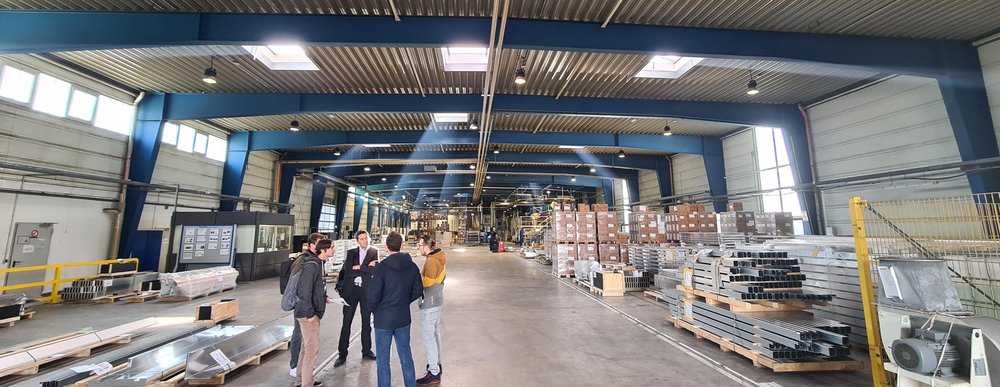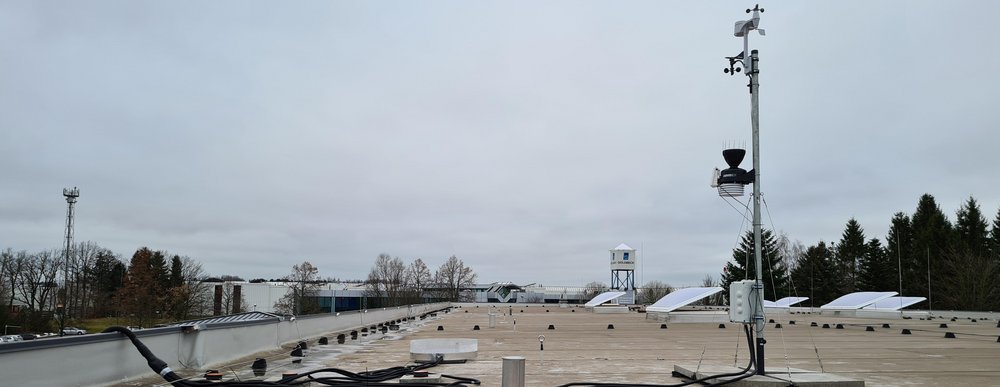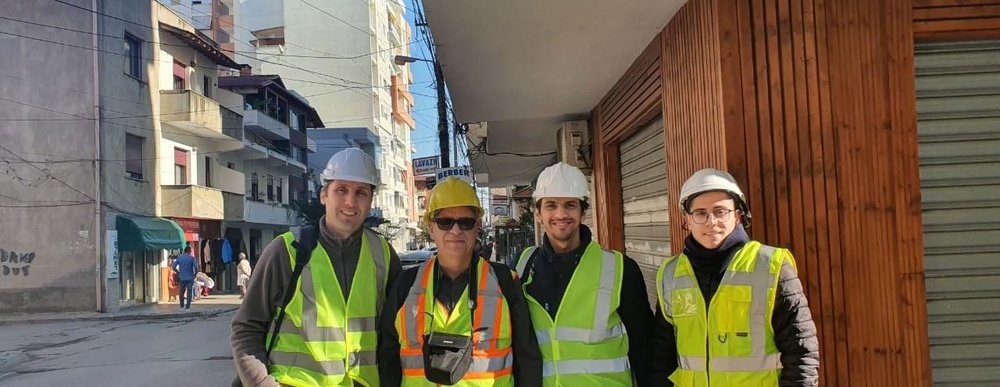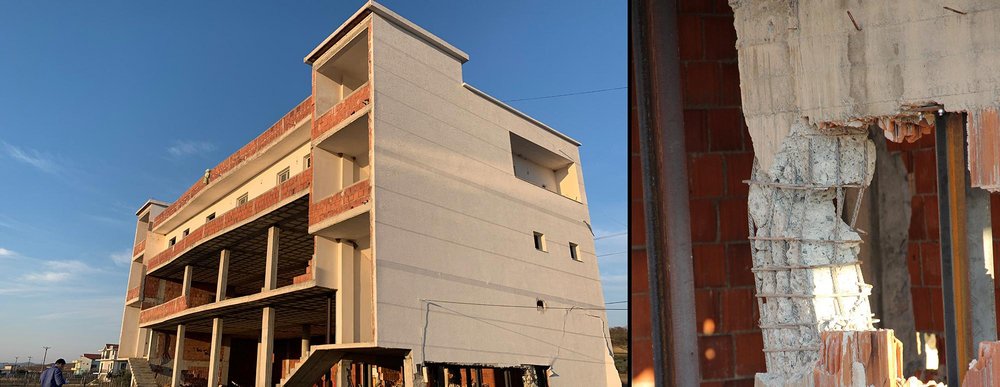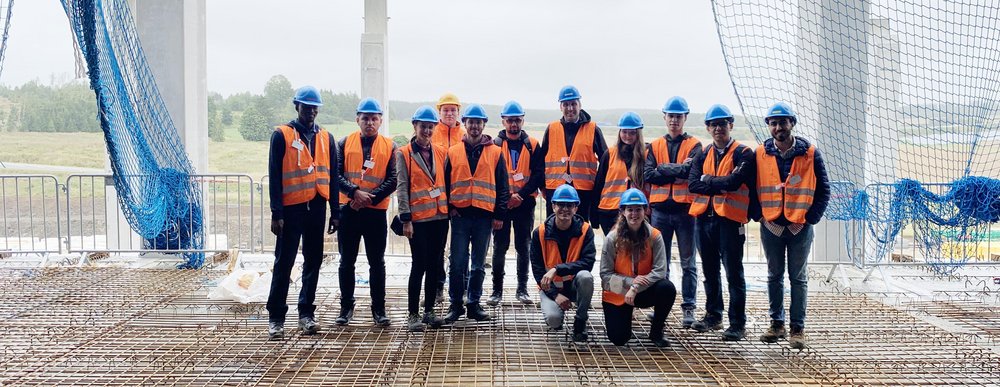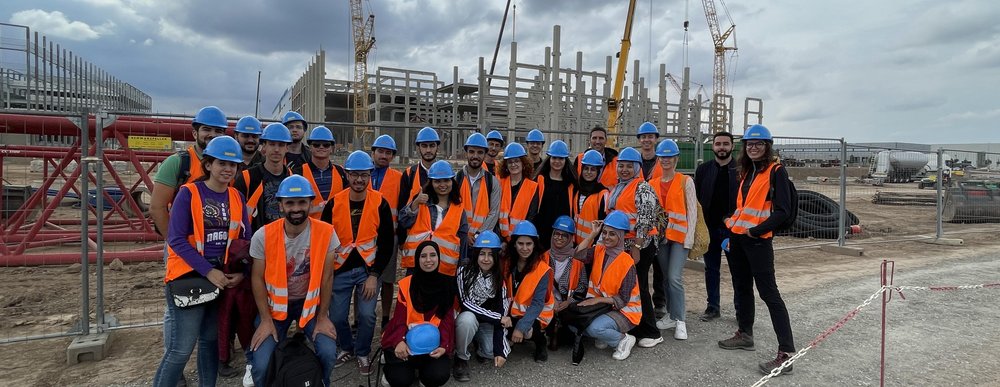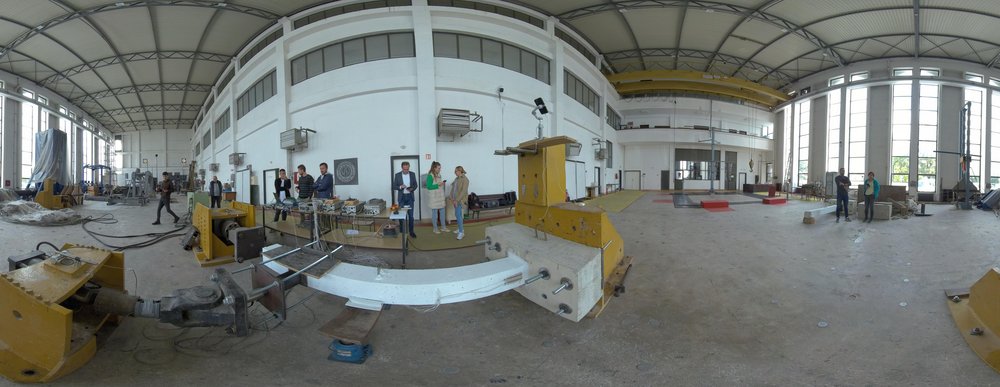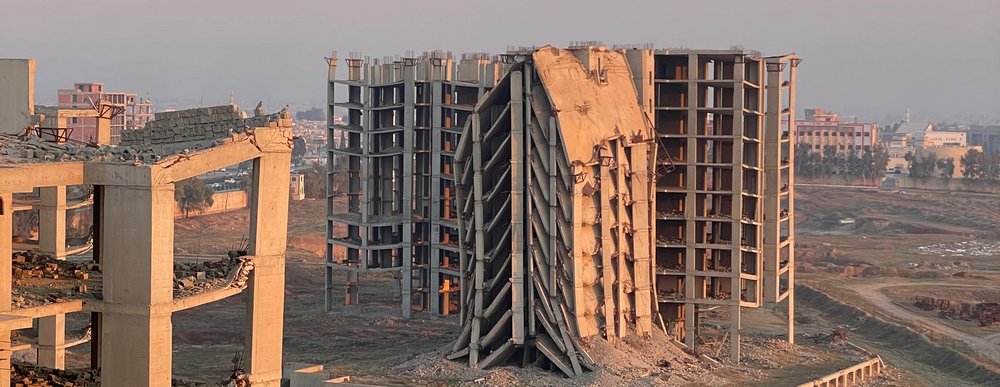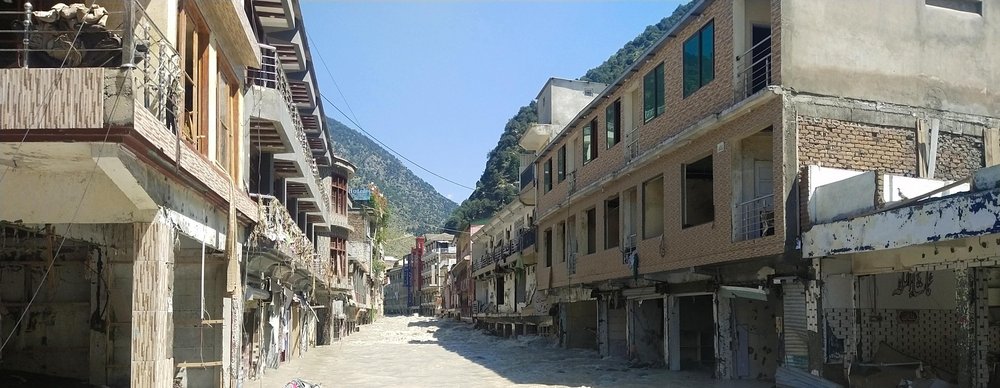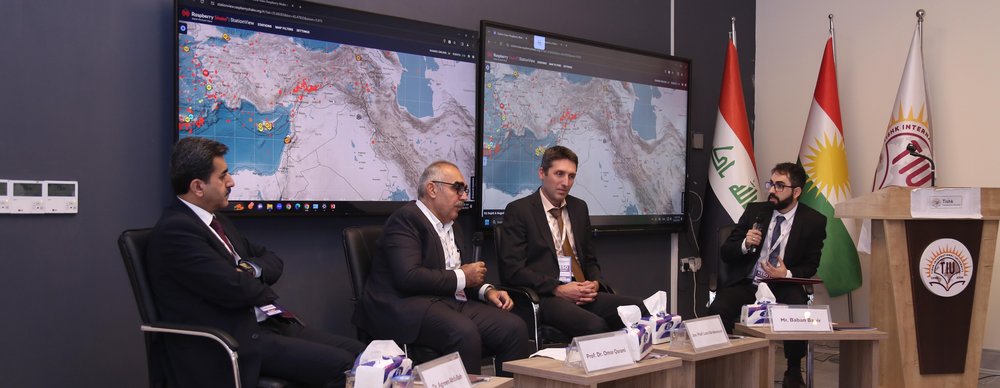Chair of Advanced Structures and Earthquake Damage Analysis Center (EDAC) at Bauhaus-Universität Weimar participated in a fieldsurvey organized by the American Concrete Institute (Committee 133 - Disaster Reconnaissance) in Durrës, Albania.
In collaboration with the colleagues Prof. Chungwook Sim - University of Nebraska (USA), Prof. Arturo Schultz - University of Minnesota (USA), Dr. Jeff Rautenberg - WJE (USA), Prof. Davorin Penava - University of Osijek (Croatia), and Dr. Enea Mustafaraj - Epoka University (Albania), PhD student Filip Anic - University of Osijek, Andi Gjoci, Epoka University graduate, and Jurgen Mema, Epoka University student Jun.-Prof. Lars Abrahamczyk and NHRE student Melad Haweyou assessed the effects of the M6.4 earthquake of November 26, 2019 on site.
The focus of the one-week stay (January 12-19, 2020) was to document the behavior of multi-storey reinforced concrete buildings. As part of the reconnaissance mission, the 10-members team was able to examine around 55 buildings in more detail. Damage patterns were identified, basic dimensions were recorded (if necessary, existing plans/records were obtained) and relevant information on the damage behavior or structures were documented.
The data collected is subsequently prepared for use and will be summarized in one or more publications.
The pictures shown here give a little insight into the observed damage patterns. Serious damage to the masonry infills could be observed.
The BUW team also thanks for the kind support of the DAAD, which took over the costs of Melad Haweyou within the framework of Development-Related Postgraduate Courses program.
Links:

